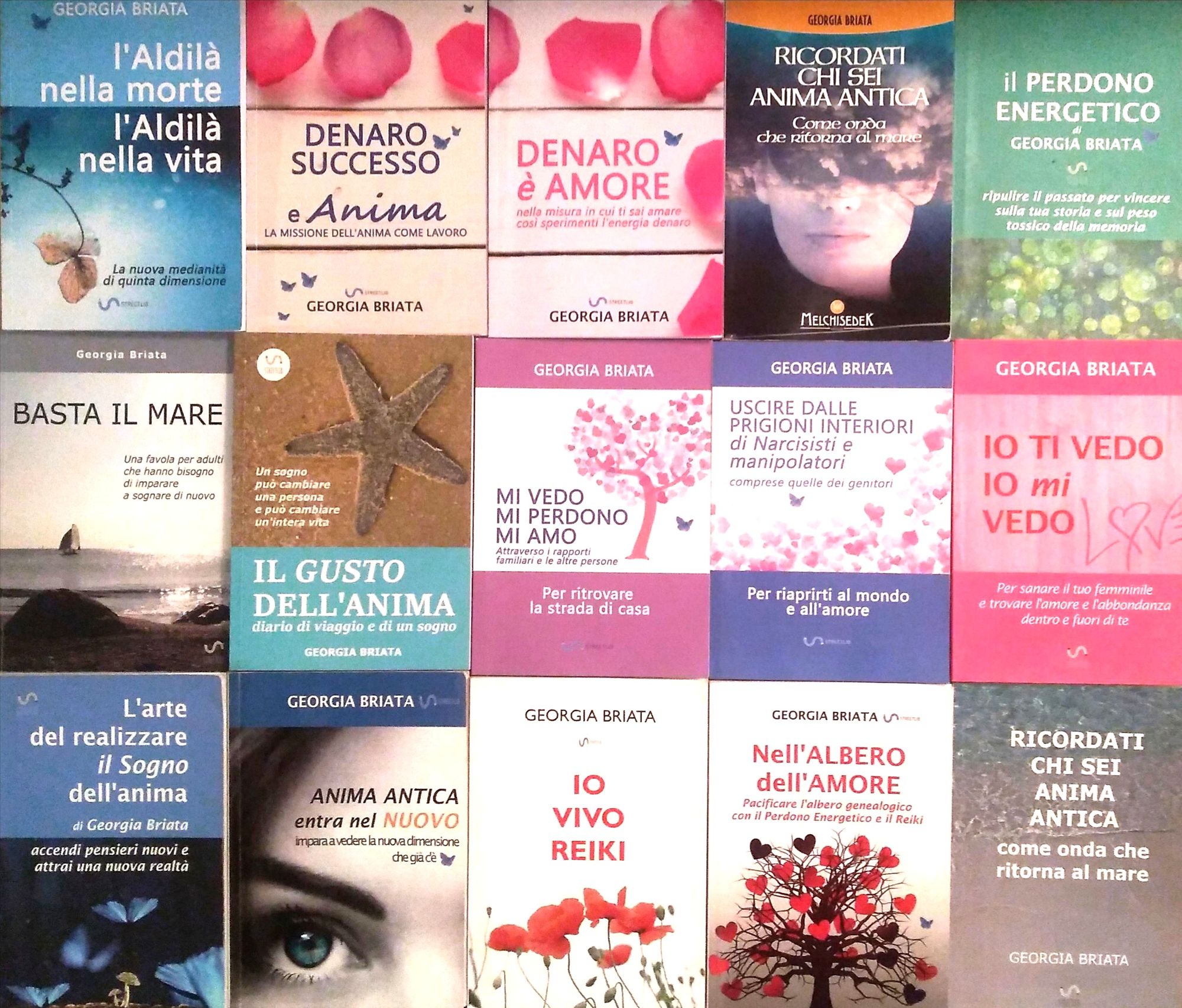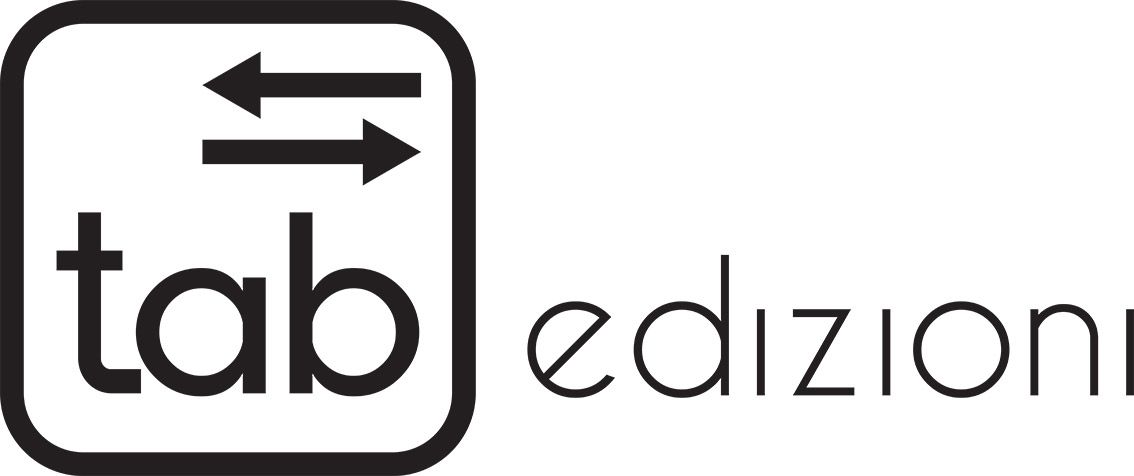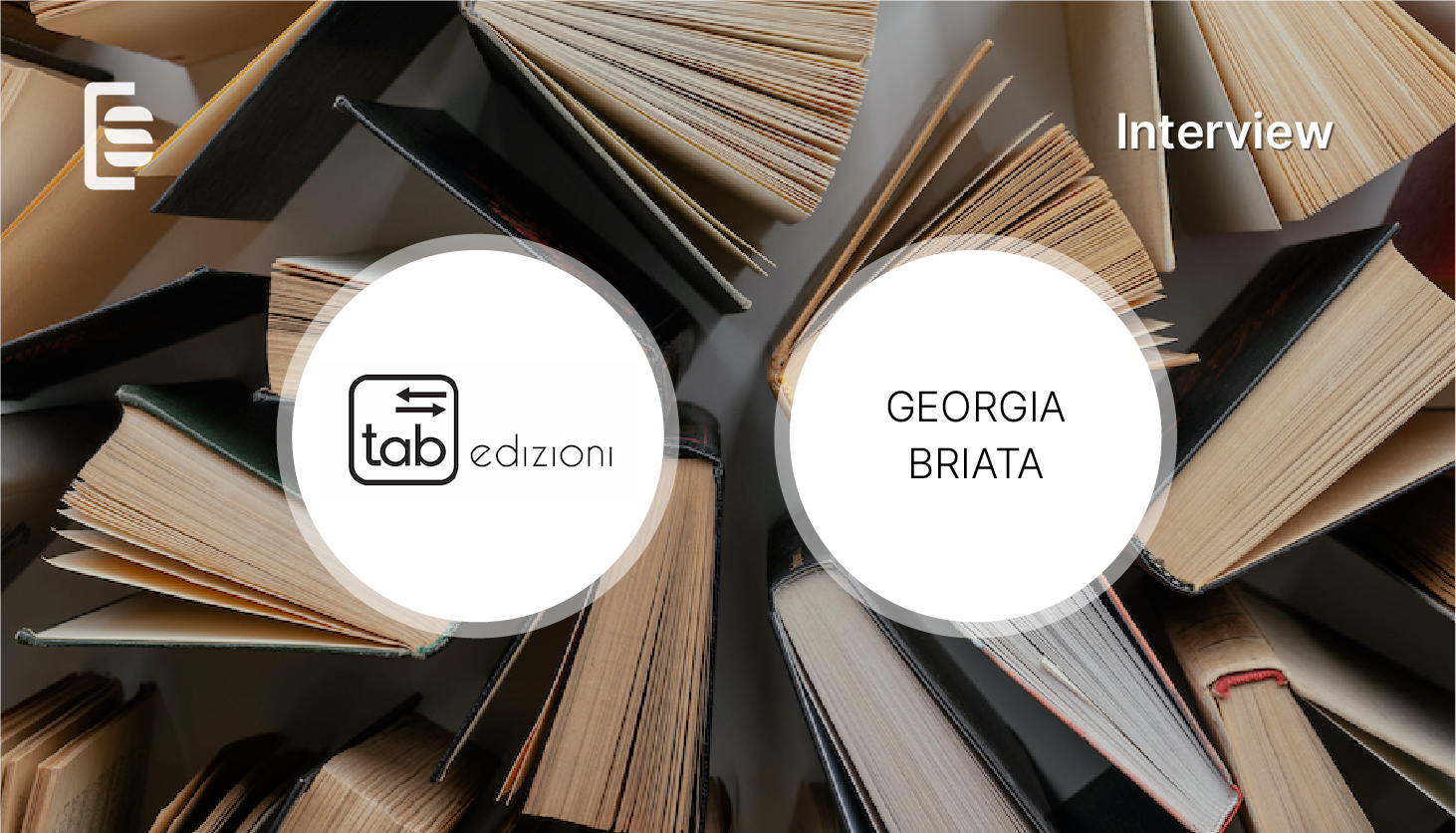Nowadays, when we talk about digital publishing we are no longer referring solely to ebooks and audiobooks. Digital is integrating with the entire publishing chain, bringing changes in content formats, business models, and creative processes. Under this new drive, production processes also change, and in recent years these changes have affected the more traditional sector of book publishing.
This has led to the rise and development of new models such as Print-On-Demand. As we all probably know by now, POD is an alternative production and distribution model that allows you to print the number of books that are already purchased by readers through online and offline stores, even if it's just a single copy. To try and understand the extent of the change brought by the digital portfolio to printed books, we need to realize that the print-on-demand processes of production and distribution (as well as the business model of reference), are structurally more like those of ebook publishing, than they are to traditional book publishing. This process results in a reduction of production costs, carries no marginal costs, and opens new possibilities for the back catalog and niche content market.
With that being understood, it is no coincidence that POD has found its place within our new content management platform. In the renewed StreetLib ecosystem, digital integrates with both formats and production processes to meet all the possible needs of the publishing market, which is increasingly multiform and multichannel.
POD is finally showing all its potential to publishers. It's an important opportunity especially for small and medium operators who can thus keep their titles alive, printing them only if necessary and only in the number of copies they actually need, while streamlining their workflow.
We spoke about print-on-demand and future perspectives with Mario Scagnetti, editorial director at tab edizioni, and Georgia Briata, independent writer and author. They have both chosen to integrate our POD service into their distribution model by using our platform.

Print-On-Demand: how did the decision to use POD stem from and how was integrated into your distribution model?
Mario Scagnetti, Editorial Director at tab edizioni
We wanted to expand our distribution channels as much as possible and publish tab edizioni's books that we knew wouldn't be able to succeed independently, at least in the beginning, so we decided to try POD.
Georgia Briata, freelance writer and author
When I published my first two books, I initially chose the ebook version. It felt strange to think that publishing a paper book could be so simple. Luckily, after a few months, I decided to give it a try. I will never forget the excitement of holding in my hands a physical copy of my book – a dream come true. Part of my imagination and creativity materialized in front of me. Thanks to the many followers of my blogs and social media pages, POD was an important and simple way to sell my books. And thanks to the many StreetLib channels, with online stores at first and then in physical libraries, I never had to worry about anything but the writing.

At StreetLib, we are developing our new POD services, so we are very curious to know what led you to choose our platform.
Mario Scagnetti, Editorial Director at tab edizioni
We had previous work experiences with StreetLib so we were already familiar with the platform, that’s why we chose it. As soon as our publishing house opened, we joined Adei, the Italian Independent Authors Association, and discovered some interesting promotions for members made available by Streetlib.
Georgia Briata, freelance writer and author
When I chose streetlib I was absolutely unaware of publishing and self-publishing methods. And I think this was the reason why I decided that streetlib was the right platform for me. It was easy to understand, convenient, and provided a wide range of services - especially the presence in leading online stores, which over the years have continued to increase and now it includes physical libraries too. I probably started just for fun and because I felt "responsible for" the books I wrote. Streetlib promised simplicity and that helped me to turn my passtime into a wonderful passion, as well as a real job.
In Italy, fewer titles are printed every day, but, according to the latest Istat data, the number of runs is still high: 192 million copies. The percentage of returns and stocks is also high, more than 22% for the same year, as declared by the industry professionals. What are the advantages of POD and why do you think traditional publishing is still struggling to approach this model?
Mario Scagnetti, Editorial Director at tab edizioni
Our publishing house has not fully integrated with the POD model. In fact, what we do is create a hybrid model for each edition, according to the individual needs of specific titles. Let me explain: we are a publishing house that publishes research texts and manuals (many of them are adapted) as well as science essays. Some of our authors want to have an on-the-shelf item and sometimes bookstores ask us to receive copies on consignment, especially during the beginning of the university year. For this reason, we have developed a hybrid system, which moves smoothly between micro-prints and printing on-demand. In this way, we try to take advantage of both models.
Georgia Briata, freelance writer and author
In my personal experience, having started from scratch, I would have never been able to afford the cost of printing many copies to sell. I always found POD brilliant. Why should someone invest large sums of money in publishing, with the risk of losses, when there is a way to create profit only?
I don't know why traditional publishing is not using this method, yet. However, when I published my book with an editor, I had the chance to experience the struggle that traditional publishing is facing in trying to be in tune with the times. The world has changed, but certain categories seem not to accept it.

During the lockdown, there has been a strong increase in the consumption of digital content that has had an impact at different levels in the publishing world. How did you experience this period of your life? How have you reacted to the new challenges imposed by the pandemic?
Mario Scagnetti, Editorial Director at tab edizioni
tab edizioni has been focusing on new technologies since its inception, using it from production to reading formats and methods. The lockdown accelerated our project from this point of view. At that time, we started using the StreetLib POD service, then we signed an agreement with Perlego, a platform that allows book reading as a streaming service - and these are just two of the things we did as well as many others. We are currently working to transform into epubs all our e-tabs, the catalog section that houses digital books. For academic and study needs (our core business) some digital editions are still in PDF format, but we want to correct this as soon as possible.
Georgia Briata, freelance writer and author
In my sector, personal and spiritual growth, I am not yet experiencing a strong transition to digital content. If I publish the ebook version first, my readers will ask when the printed version will be released, and those who buy the digital version will buy the printed edition too – that’s what they tell me.
This is probably because my readers are people with a great emotional and introspective dimension: for them, holding a physical book creates an empathetic resonance that is much stronger than a page on the screen. In general, during the pandemic, I did not change anything about my writing and publishing habits, my books were available in various channels and formats.

Let's look at the future: how do you see the publishing market in the next 5 years? What are your forecasts and/or expectations? What would you like to find in the StreetLib platform in the future?
Mario Scagnetti, Editorial Director at tab edizioni
We imagine an increasingly fluid way of reading, more oriented towards additional content, which will no longer be the prerogative of digital books only. It is already possible to convey multimedia graphics, audio, and video content on a printed edition with a QR code. We do this already with many of our books. Furthermore, in the future, augmented reality will become more popular and the possible applications to books are absolutely endless. We think that readers should have the ability to move quickly and easily from the printed edition to the digital one. With this in mind, on Streetlib, we would like to find a greater integration between the two editions.
Georgia Briata, freelance writer and author
It is not easy for me to project what will happen in the coming years; my relationship with writing, publishing and selling has always been more intuitive than dictated by market knowledge. Perhaps I am lucky, because passion finds ways that reason cannot even imagine. I am quite sure that I will continue publishing many books, and without a doubt I will stay with streetlib, both in digital and printed versions, because your POD service allows me the comfort of not worrying about printing and costs.
What I would like to see with streetlib is the possibility of creating videos and digital presentations independently. I would also like to have the chance to participate in book fairs, supported by streetlib, where I can exhibit and promote my work while physically meeting my followers and readers. Perhaps in a non-individual context created in cooperation with other productive writers like me, all linked by streetlib.
Selling books is an important part of my earnings, so streetlib is not just a platform, it's a team. You are my colleagues, and I would love to find a way to include streetlib in my social media world through a collaboration that goes beyond my author profile.
The interview was done by email in recent weeks - thanks again to Mario Scagnetti and Georgia Briata for their availability!

